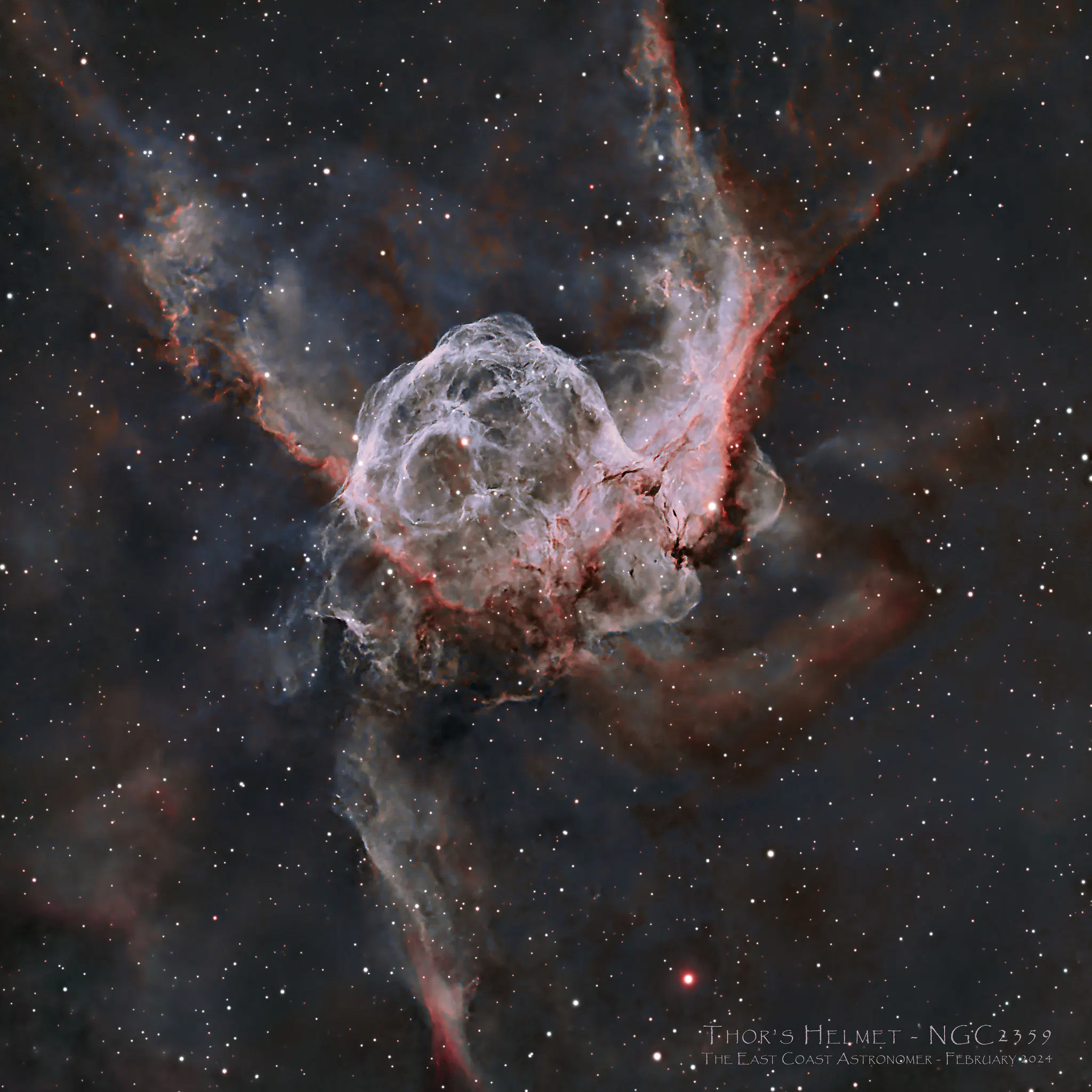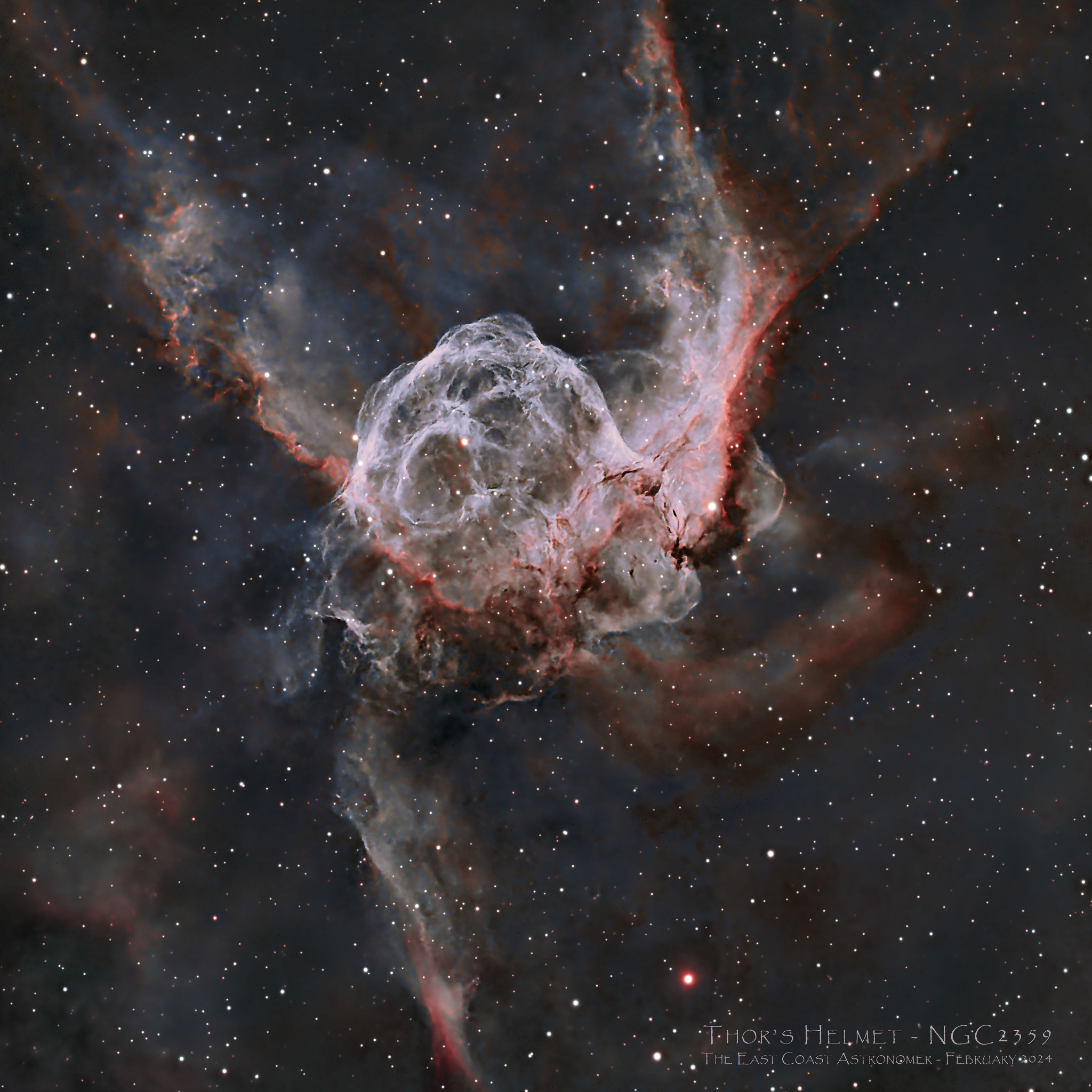science
17278 readers
164 users here now
A community to post scientific articles, news, and civil discussion.
rule #1: be kind
<--- rules currently under construction, see current pinned post.
2024-11-11
founded 2 years ago
MODERATORS
1
30
Scientists identify ‘tipping point’ that caused clumps of toxic Florida seaweed
(www.theguardian.com)
2
3
4
5
252
French scientist denied US entry after phone messages critical of Trump found
(www.theguardian.com)
6
7
8
9
10
11
12
22
What we eat affects our gut microbes, and now researchers can follow both good and bad changes step by step
(www.techexplorist.com)
13
14
90
Once named world’s ugliest animal, blobfish wins New Zealand’s fish of the year
(www.theguardian.com)
15
16
3
Colli Albani's magma had significant amounts of trapped water and carbon dioxide.
(www.techexplorist.com)
17
18
19
20
21
22
23
24
25
view more: next ›


